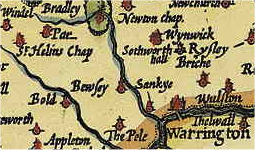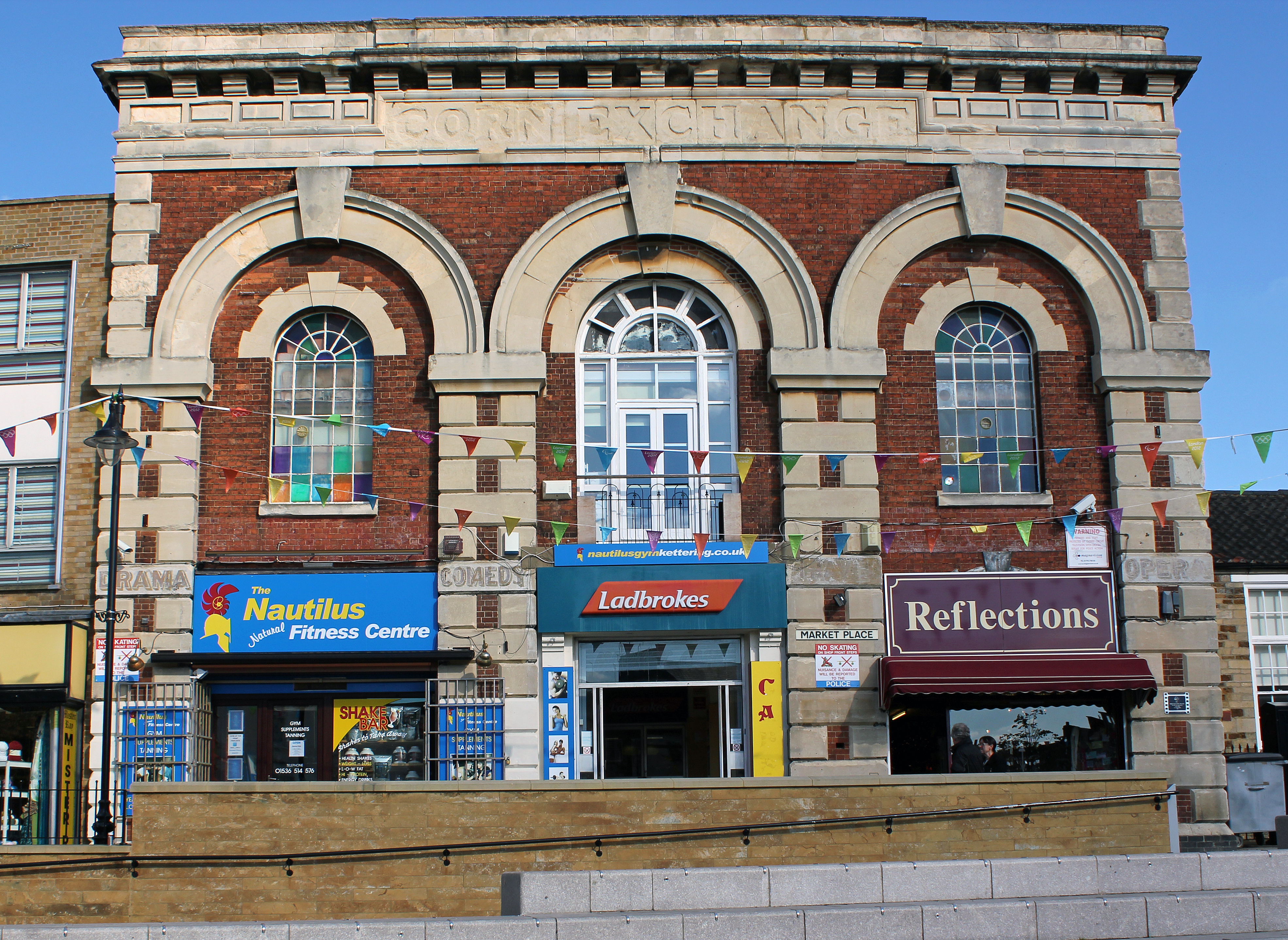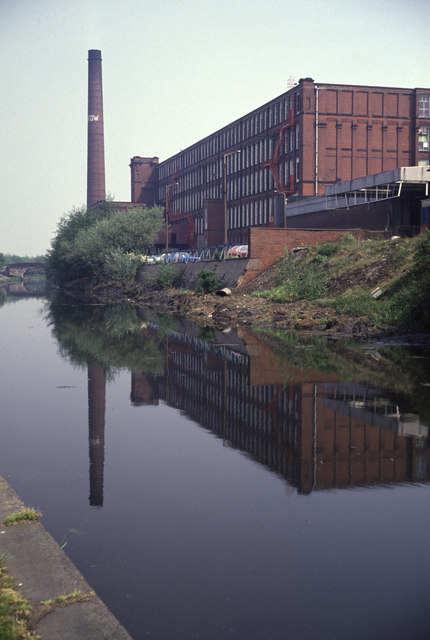|
St Helens Central (GCR) Railway Station
St Helens Central (GCR) railway station served the town of St Helens, England with passenger traffic between 1900 and 1952 and goods traffic until 1965. It was the terminus of a branch line from . History The Liverpool, St Helens and South Lancashire Railway, which ran from a junction with the Wigan Junction Railways (WJR) to the north of , opened for goods and mineral traffic in 1895, but passenger services did not commence until January 1900. The formal opening was on 2 January with public services beginning the following day, being operated by the Great Central Railway, which was already operating the WJR. Most services ran through to . The station opened with the commencement of public passenger services on 3 January 1900 and was originally named ''St Helens''. Overall, the station and goods facilities covered , however the passenger section only consisted of one platform with a somewhat rudimentary wooden canopy shelter (compared to the brick-built booking office). ... [...More Info...] [...Related Items...] OR: [Wikipedia] [Google] [Baidu] |
St Helens, Merseyside
St Helens () is a town in Merseyside, England, with a population of 102,629. It is the administrative centre of the Metropolitan Borough of St Helens, which had a population of 176,843 at the United Kingdom Census 2001, 2001 Census. St Helens is in the south-west of the Historic counties of England, historic county of Lancashire, north of the River Mersey. The town historically lay within the ancient Lancashire division of West Derby (hundred), West Derby known as a hundred (county division), ''hundred''. The town initially started as a small settlement in the Township (England), township of Windle, St Helens, Windle but, by the mid 1700s, the town had become synonymous with a wider area; by 1838, it was formally made responsible for the administration of the four townships of Eccleston, St Helens, Eccleston, Parr, St Helens, Parr, Sutton, St Helens, Sutton and Windle. In 1868, the town was created by incorporation as a municipal borough and later became a county borough in 1887 ... [...More Info...] [...Related Items...] OR: [Wikipedia] [Google] [Baidu] |
London And North Western Railway
The London and North Western Railway (LNWR, L&NWR) was a British railway company between 1846 and 1922. In the late 19th century, the L&NWR was the largest joint stock company in the United Kingdom. In 1923, it became a constituent of the London, Midland and Scottish (LMS) railway, and, in 1948, the London Midland Region of British Railways: the LNWR is effectively an ancestor of today's West Coast Main Line. History The company was formed on 16 July 1846 by the amalgamation of the Grand Junction Railway, London and Birmingham Railway and the Manchester and Birmingham Railway. This move was prompted, in part, by the Great Western Railway's plans for a railway north from Oxford to Birmingham. The company initially had a network of approximately , connecting London with Birmingham, Crewe, Chester, Liverpool and Manchester. The headquarters were at Euston railway station. As traffic increased, it was greatly expanded with the opening in 1849 of the Great Hall, designed by P ... [...More Info...] [...Related Items...] OR: [Wikipedia] [Google] [Baidu] |
Former Great Central Railway Stations
A former is an object, such as a template, gauge or cutting die, which is used to form something such as a boat's hull. Typically, a former gives shape to a structure that may have complex curvature. A former may become an integral part of the finished structure, as in an aircraft fuselage, or it may be removable, being using in the construction process and then discarded or re-used. Aircraft formers Formers are used in the construction of aircraft fuselage, of which a typical fuselage has a series from the nose to the empennage, typically perpendicular to the longitudinal axis of the aircraft. The primary purpose of formers is to establish the shape of the fuselage and reduce the column length of stringers to prevent instability. Formers are typically attached to longerons, which support the skin of the aircraft. The "former-and-longeron" technique (also called stations and stringers) was adopted from boat construction, and was typical of light aircraft built until the ad ... [...More Info...] [...Related Items...] OR: [Wikipedia] [Google] [Baidu] |
Guisborough
Guisborough ( ) is a market town and civil parish in the borough of Redcar and Cleveland, North Yorkshire, England. It lies north of the North York Moors National Park. Roseberry Topping, midway between the town and Great Ayton, is a landmark in the national park. At the 2011 census, the civil parish with outlying Upleatham, Dunsdale and Newton under Roseberry had a population of 17,777, of which 16,979 were in the town's built-up area. It was governed by an urban district and rural district in the North Riding of Yorkshire. Etymology Assessing the origin of the name ''Guisborough'', Albert Hugh Smith commented that it was a "difficult". From its first attestation in the Domesday Book into the 16th century, the second part sometimes derives from the originally Old English word ''burh'' ('town, fortification') and sometimes from the Old English word -''burn'' ('stream'). It seems that the settlement was simply known by both names, the -''burh''/-''borough'' forms predominate in ... [...More Info...] [...Related Items...] OR: [Wikipedia] [Google] [Baidu] |
Leigh, Greater Manchester
Leigh is a town in the Metropolitan Borough of Wigan, Greater Manchester, England, on low-lying land northwest of Chat Moss. Within the boundaries of the Historic counties of England, historic county of Lancashire, Leigh was originally the centre of a large ecclesiastical parish covering six vills or townships. When the three townships of Pennington, Greater Manchester, Pennington, Westleigh, Greater Manchester, Westleigh and Bedford, Greater Manchester, Bedford merged in 1875, forming the Leigh Local Board District, Leigh became the official name for the town, although it had been applied to the area of Pennington and Westleigh around the parish church for many centuries. The town became an Urban district (Great Britain and Ireland), urban district in 1894 when part of Atherton was added. In 1899 Leigh became a municipal borough. The first town hall was built on King Street and replaced by the present building in 1907. Originally an agricultural area (noted for dairy farming), ... [...More Info...] [...Related Items...] OR: [Wikipedia] [Google] [Baidu] |
Newbury, Berkshire
Newbury is a market town in the county of Berkshire, England, and is home to the administrative headquarters of West Berkshire Council. The town centre around its large market square retains a rare medieval Cloth Hall, an adjoining half timbered granary, and the 15th-century St Nicolas Church, along with 17th- and 18th-century listed buildings. As well as being home to Newbury Racecourse, it is the headquarters of Vodafone and software company Micro Focus International. In the valley of the River Kennet, south of Oxford, north of Winchester, southeast of Swindon and west of Reading. Newbury lies on the edge of the Berkshire Downs; part of the North Wessex Downs Area of outstanding natural beauty, north of the Hampshire-Berkshire county boundary. In the suburban village of Donnington lies the part-ruined Donnington Castle and the surrounding hills are home to some of the country's most famous racehorse training grounds (centred on nearby Lambourn). To the south is a narro ... [...More Info...] [...Related Items...] OR: [Wikipedia] [Google] [Baidu] |
Shepperton
Shepperton is an urban village in the Borough of Spelthorne, Surrey, approximately south west of central London. Shepperton is equidistant between the towns of Chertsey and Sunbury-on-Thames. The village is mentioned in a document of 959 AD and in the Domesday Book. In the early 19th century, resident writers and poets included Rider Haggard, Thomas Love Peacock, George Meredith and Percy Bysshe Shelley, who were attracted by the proximity of the River Thames. The river was painted at Walton Bridge in 1754 by Canaletto and in 1805 by Turner. Shepperton Lock and nearby Sunbury Lock were built in the 1810s to facilitate river navigation. Urbanisation began in the latter part of the 19th century, with the construction in 1864 of the Shepperton Branch Line, which was sponsored by William Schaw Lindsay, the owner of Shepperton Manor. Its population rose from 1,810 residents in the early 20th century to a little short of 10,000 in 2011. Lindsay had hoped to extend the railw ... [...More Info...] [...Related Items...] OR: [Wikipedia] [Google] [Baidu] |
Ian Allan Publishing
Ian Allan Publishing was an English publisher, established in 1942, which specialised in transport books. It was founded by Ian Allan. In 1942 Ian Allan, then working in the public relations department for the Southern Railway at Waterloo station, decided he could deal with many of the requests he received about rolling stock by collecting the information into a book. The result was his first book, ''ABC of Southern Locomotives''. This proved to be a success, contributing to the emergence of trainspotting as a popular hobby in the UK, and leading to the formation of the company.Ian Allan…the man who launched a million locospotters ''The Railway Magazine'' issue 1174 February 1999 pages 20-27 The company grew from a small producer of books for train enthusiasts and spotters to a large transport publisher. Each year it published books covering subjects such as military and civil aviation, naval and maritime topics, buses, trams, trolleybuses and steam railways, including hi ... [...More Info...] [...Related Items...] OR: [Wikipedia] [Google] [Baidu] |
Kettering
Kettering is a market and industrial town in North Northamptonshire, England. It is located north of London and north-east of Northampton, west of the River Ise, a tributary of the River Nene. The name means "the place (or territory) of Ketter's people (or kinsfolk)".R.L. Greenall: A History of Kettering, Phillimore & Co. Ltd, 2003, . p.7. In the 2011 census Kettering's built-up area had a population of 63,675. It is part of the East Midlands, along with other towns in Northamptonshire. There is a growing commuter population as it is on the Midland Main Line railway, with East Midlands Railway services direct to London St Pancras International taking about an hour. Early history Kettering means "the place (or territory) of Ketter's people (or kinsfolk)". Spelt variously Cytringan, Kyteringas and Keteiringan in the 10th century, although the origin of the name appears to have baffled place-name scholars in the 1930s, words and place-names ending with "-ing" usually derive f ... [...More Info...] [...Related Items...] OR: [Wikipedia] [Google] [Baidu] |
Stroud
Stroud is a market town and civil parish in Gloucestershire, England. It is the main town in Stroud District. The town's population was 13,500 in 2021. Below the western escarpment of the Cotswold Hills, at the meeting point of the Five Valleys, the town is noted for its steep streets. The Cotswold Area of Outstanding Natural Beauty surrounds the town, and the Cotswold Way path passes by it to the west. It lies south of the city of Gloucester, south-southwest of Cheltenham, west-northwest of Cirencester and north-east of the city of Bristol. London is east-southeast of Stroud and the Welsh border at Whitebrook, Monmouthshire, is to the west. Not part of the town itself, the civil parishes of Rodborough and Cainscross form part of Stroud's urban area. Stroud acts as a centre for surrounding villages and market towns including Amberley, Bisley, Bussage, Chalford, Dursley, Eastcombe, Eastington, King's Stanley, Leonard Stanley, Minchinhampton, Nailsworth, Oakri ... [...More Info...] [...Related Items...] OR: [Wikipedia] [Google] [Baidu] |
Castleton, Greater Manchester
Castleton is an area of Rochdale, Greater Manchester, England, south-southwest of Rochdale town centre and north-northeast of the city of Manchester. Historically a part of Lancashire, Castleton's early history is marked by its status as a township within the ancient parish of Rochdale. Prior to merging with the County Borough of Rochdale in 1900, Castleton experienced rapid growth during the 19th century as a mill town in its own right, facilitated for the most part by the construction of the Rochdale Canal which is routed through the area. Castleton's growth was significant; so much so, that for a time it was almost the same size of nearby Rochdale. Located between junctions 19 and 20 of the M62 motorway, Castleton today is a predominantly residential area, with a total population of 9,715, increasing to 10,159 at the 2011 Census. History The most ancient known reference to Castleton is found in the Domesday Book (1086). The name suggests a link with a fortification; the C ... [...More Info...] [...Related Items...] OR: [Wikipedia] [Google] [Baidu] |










